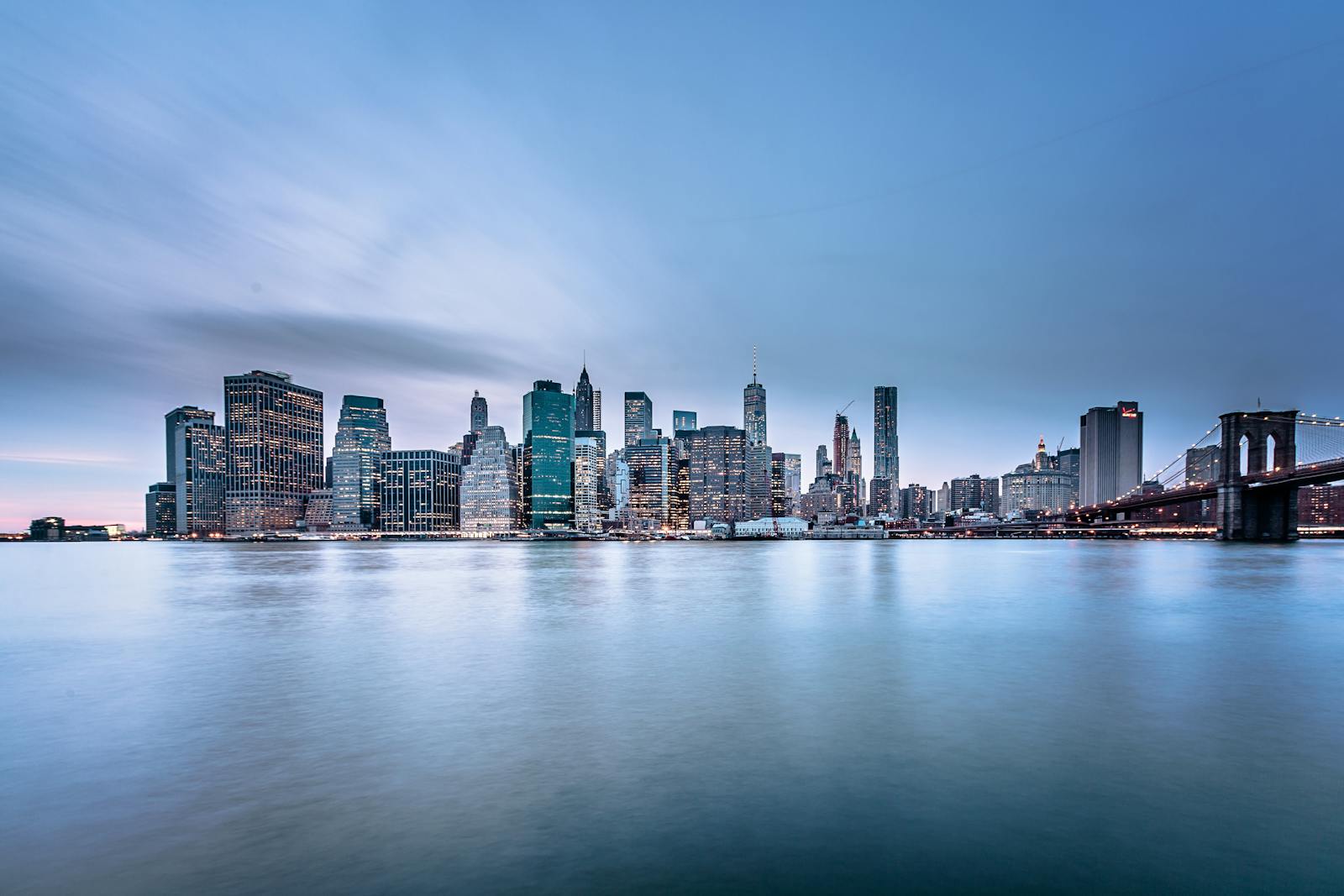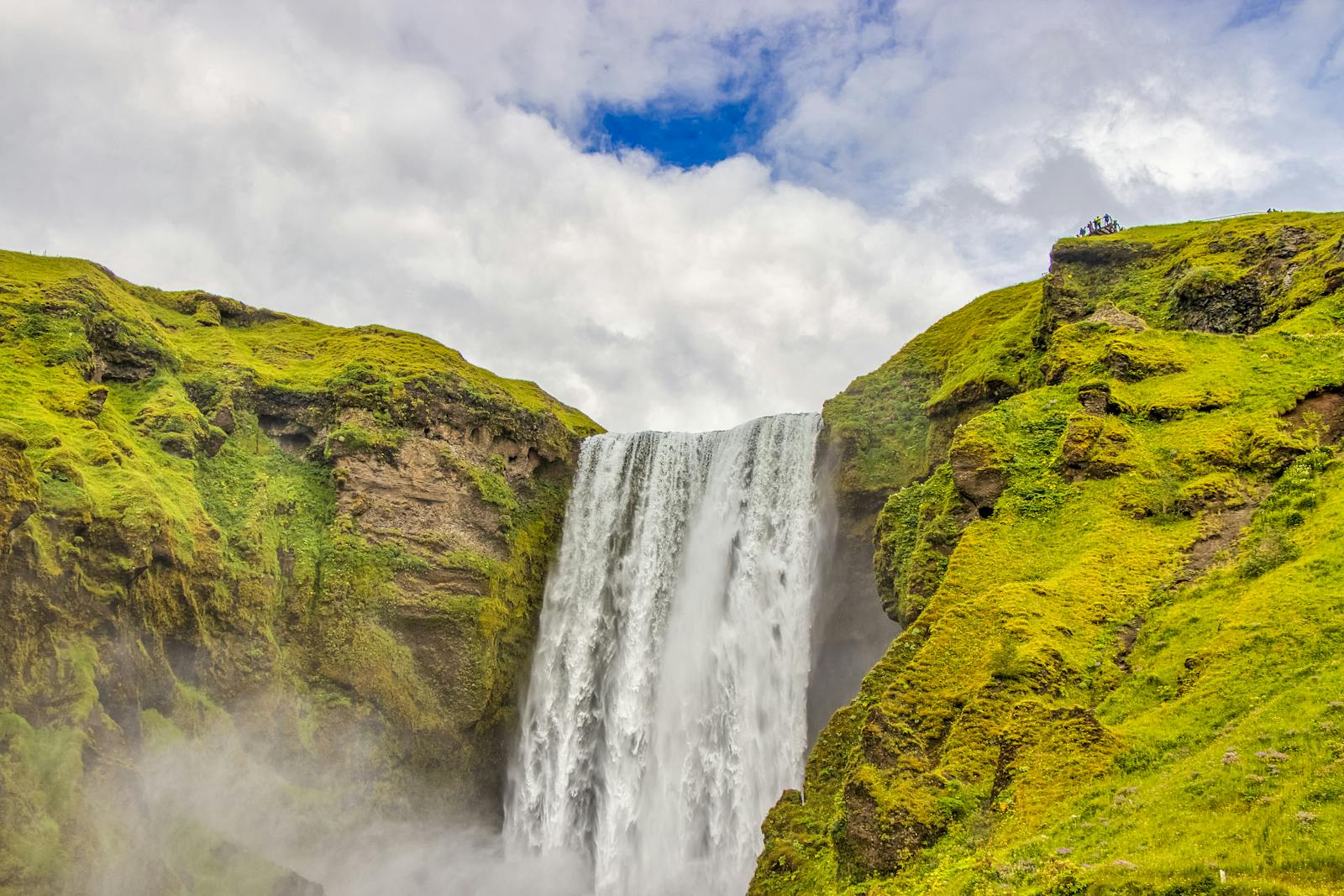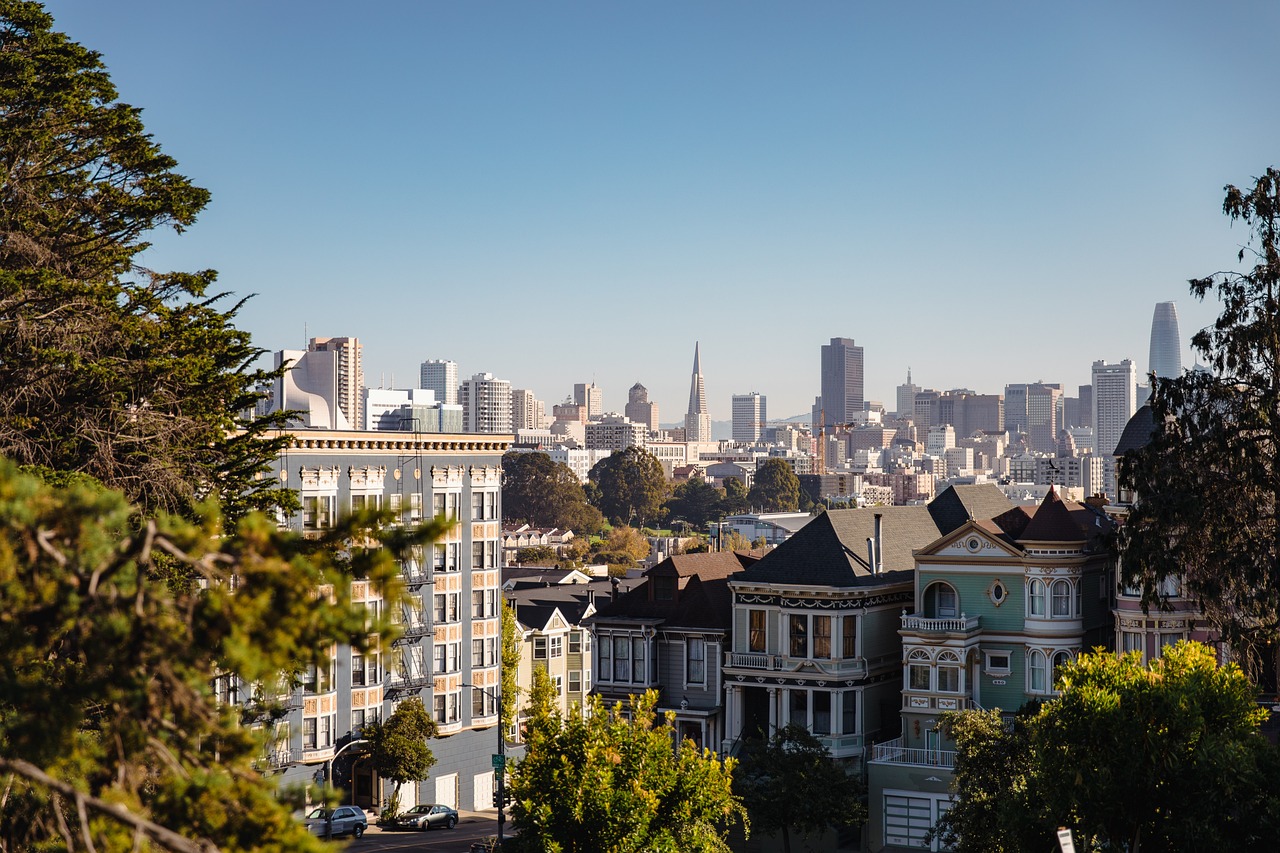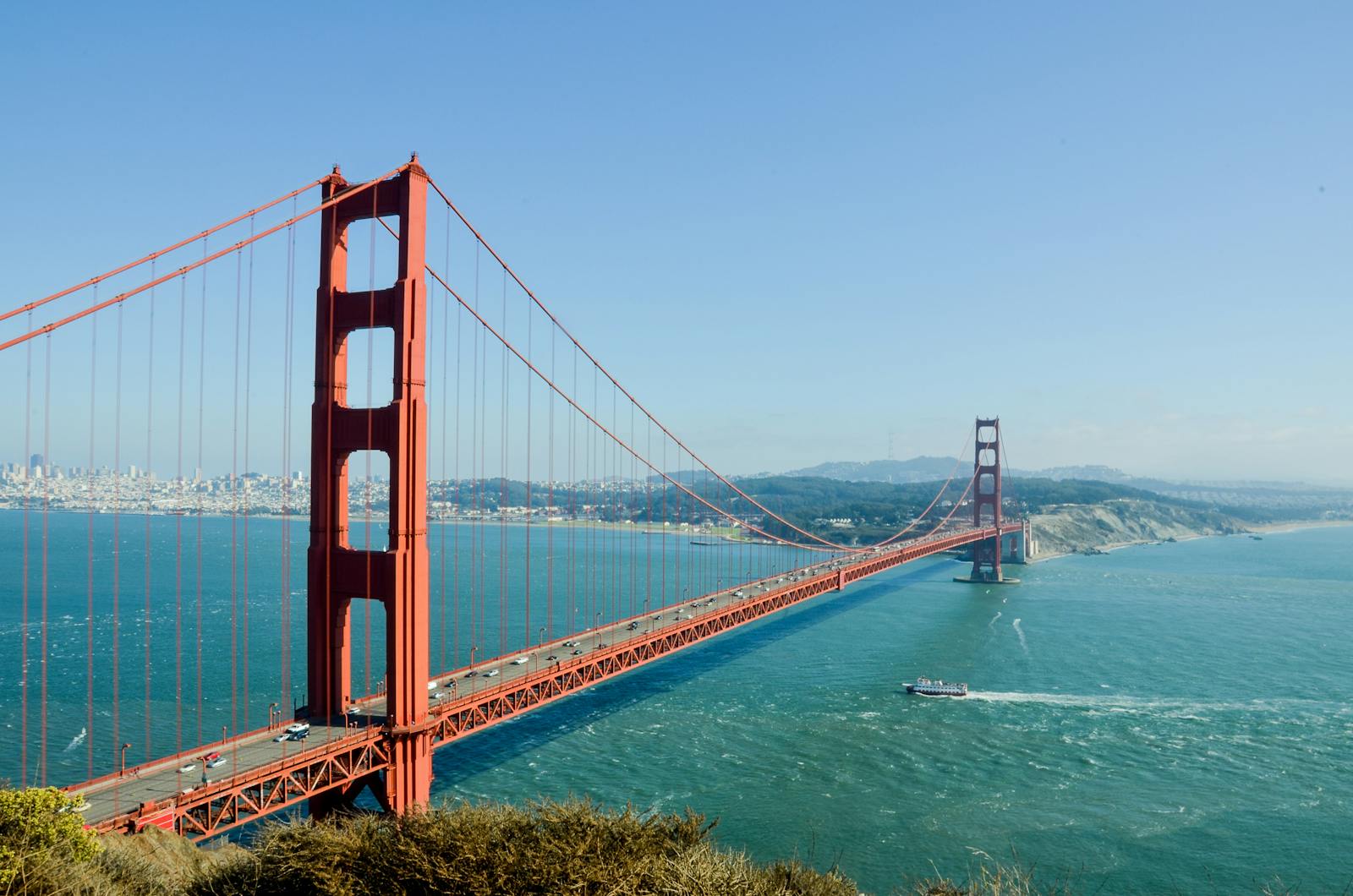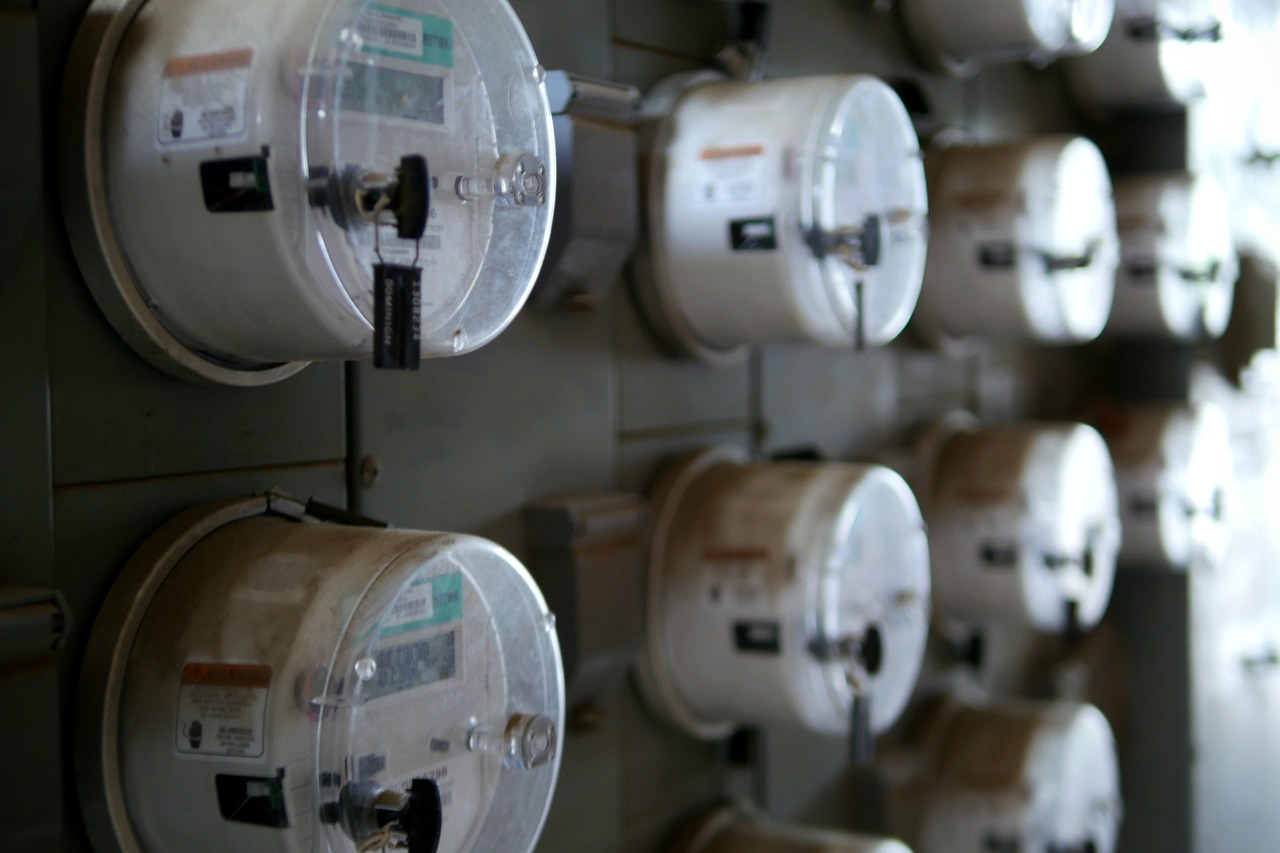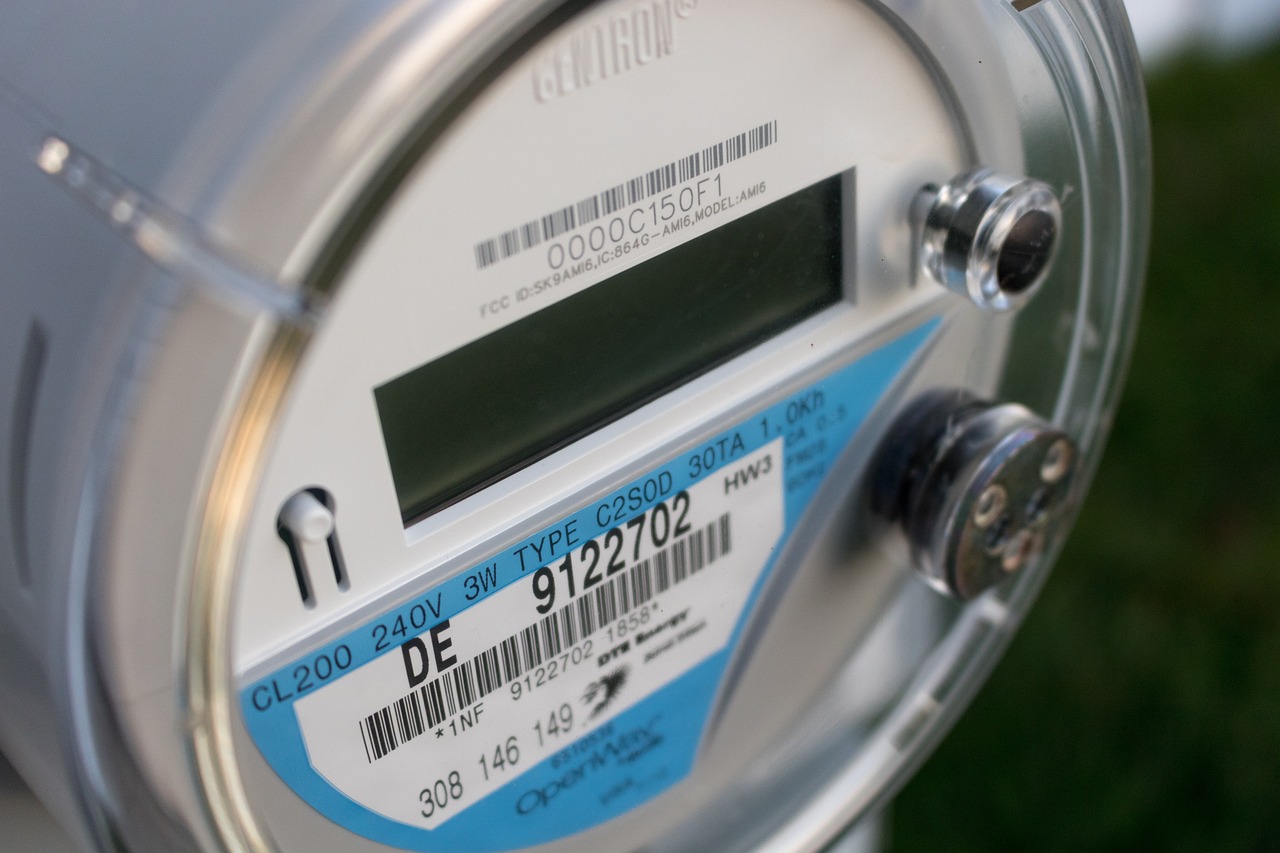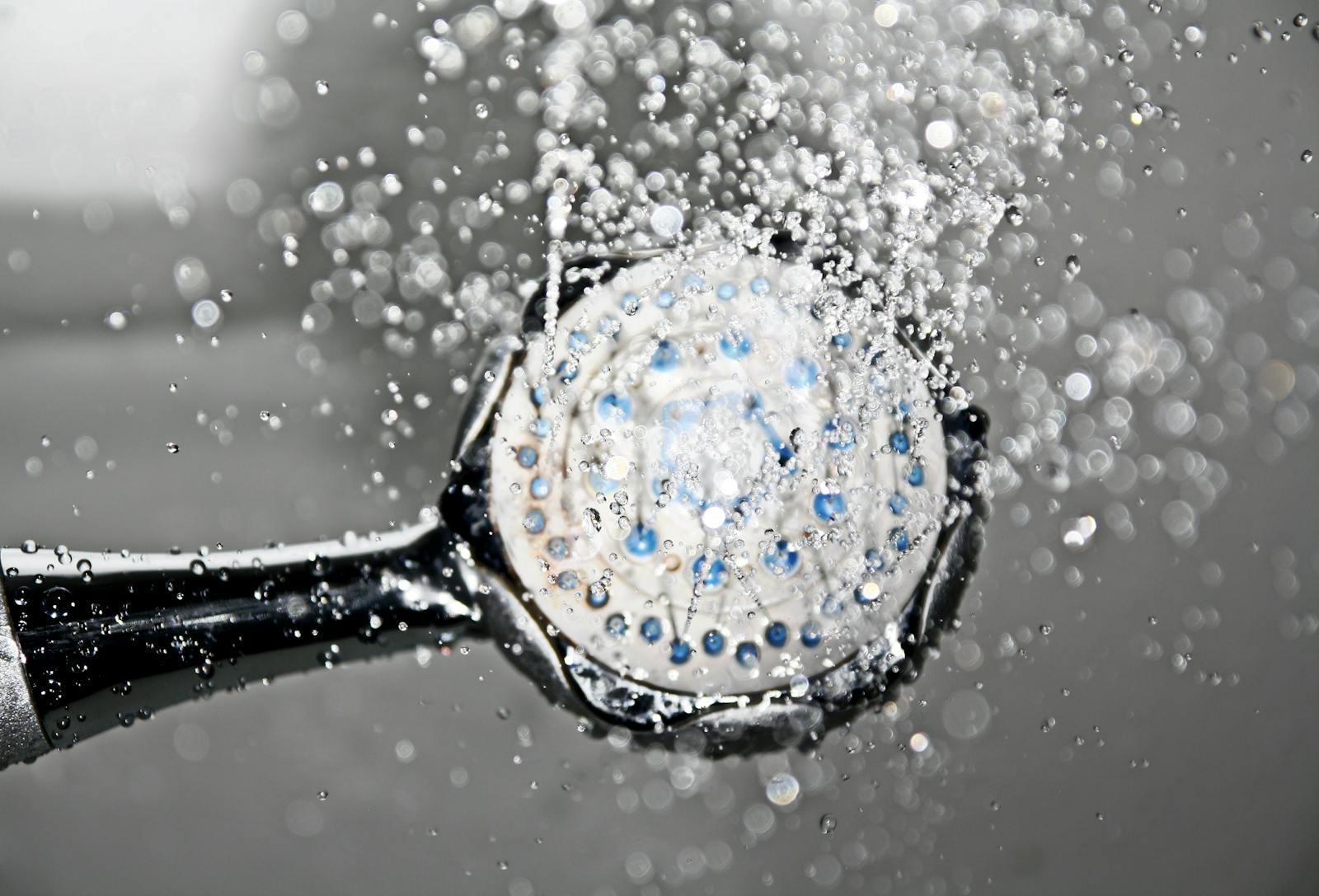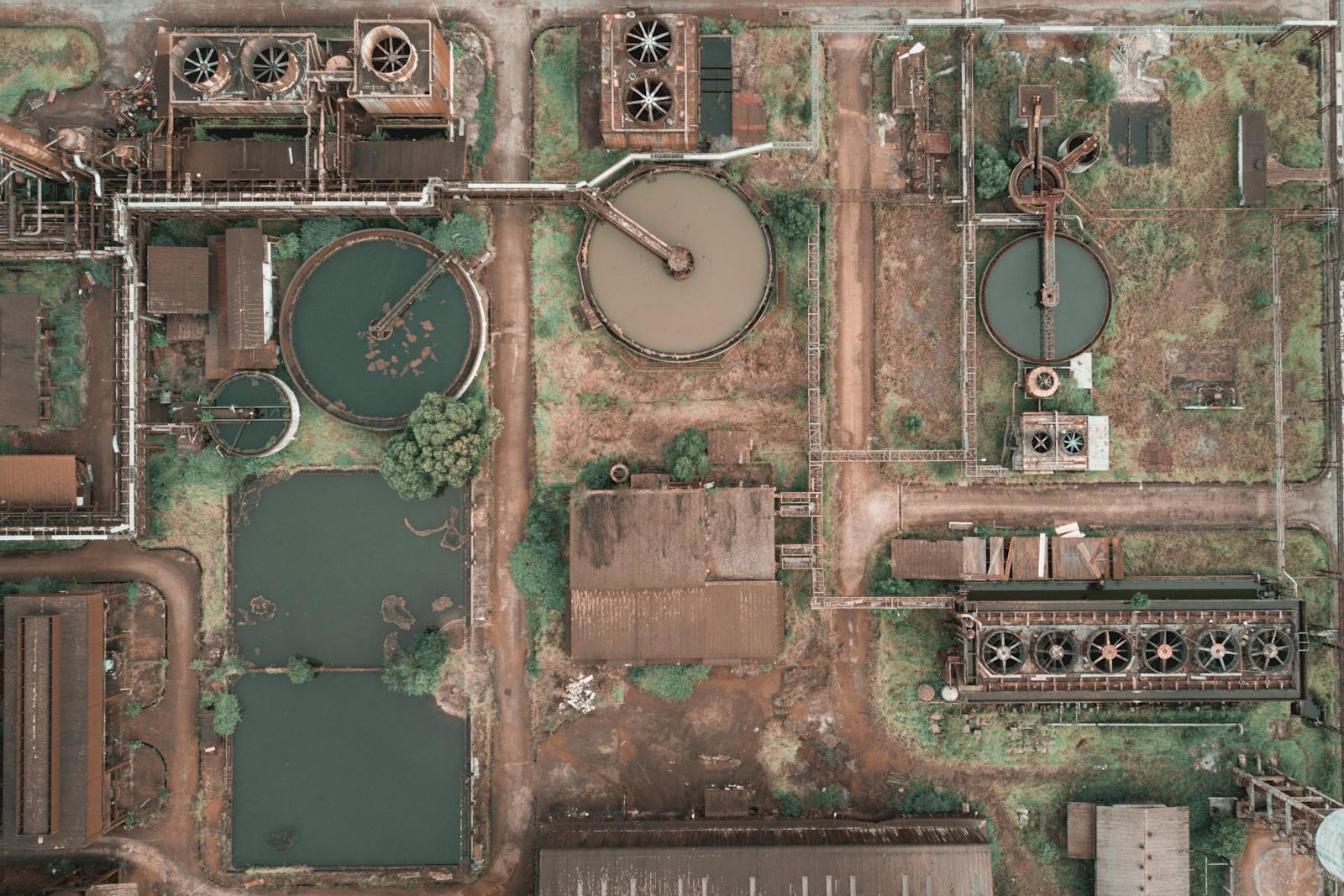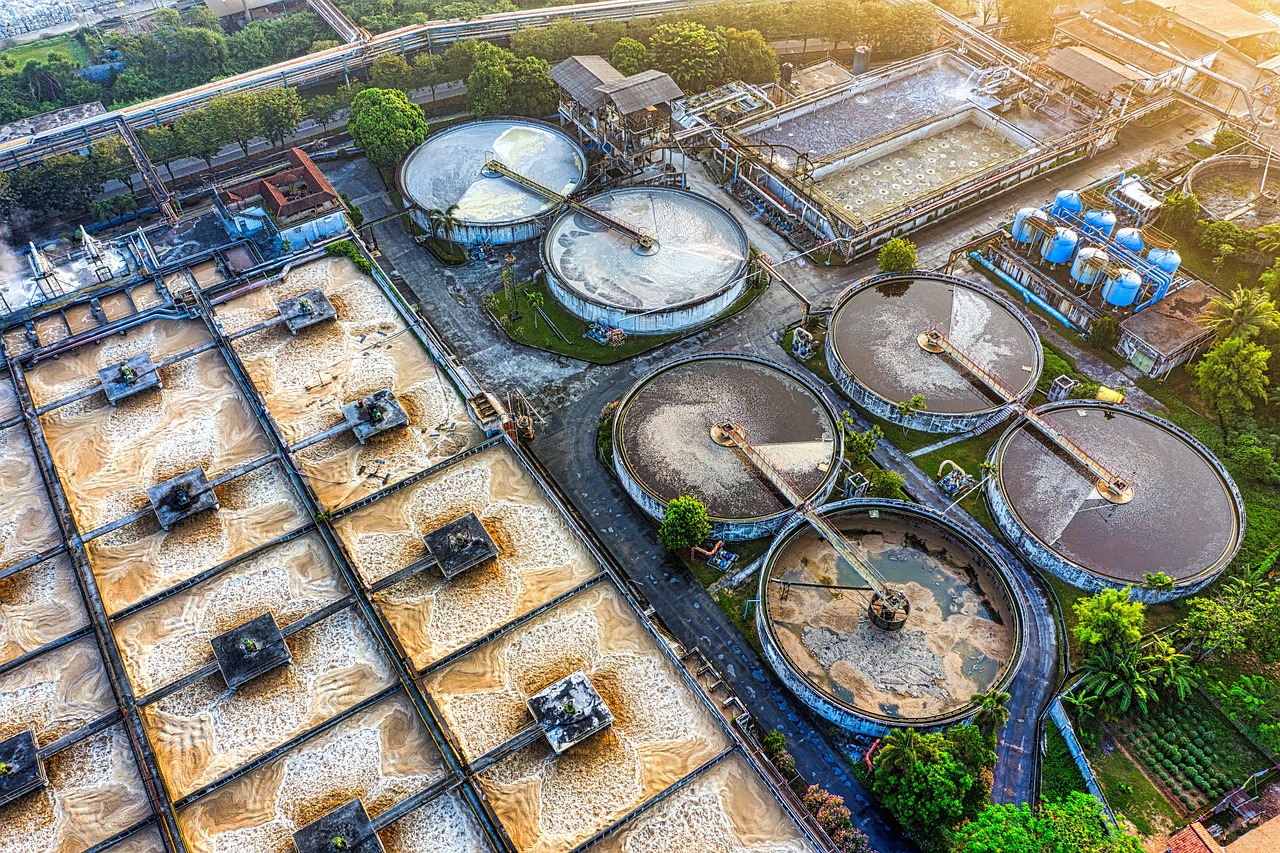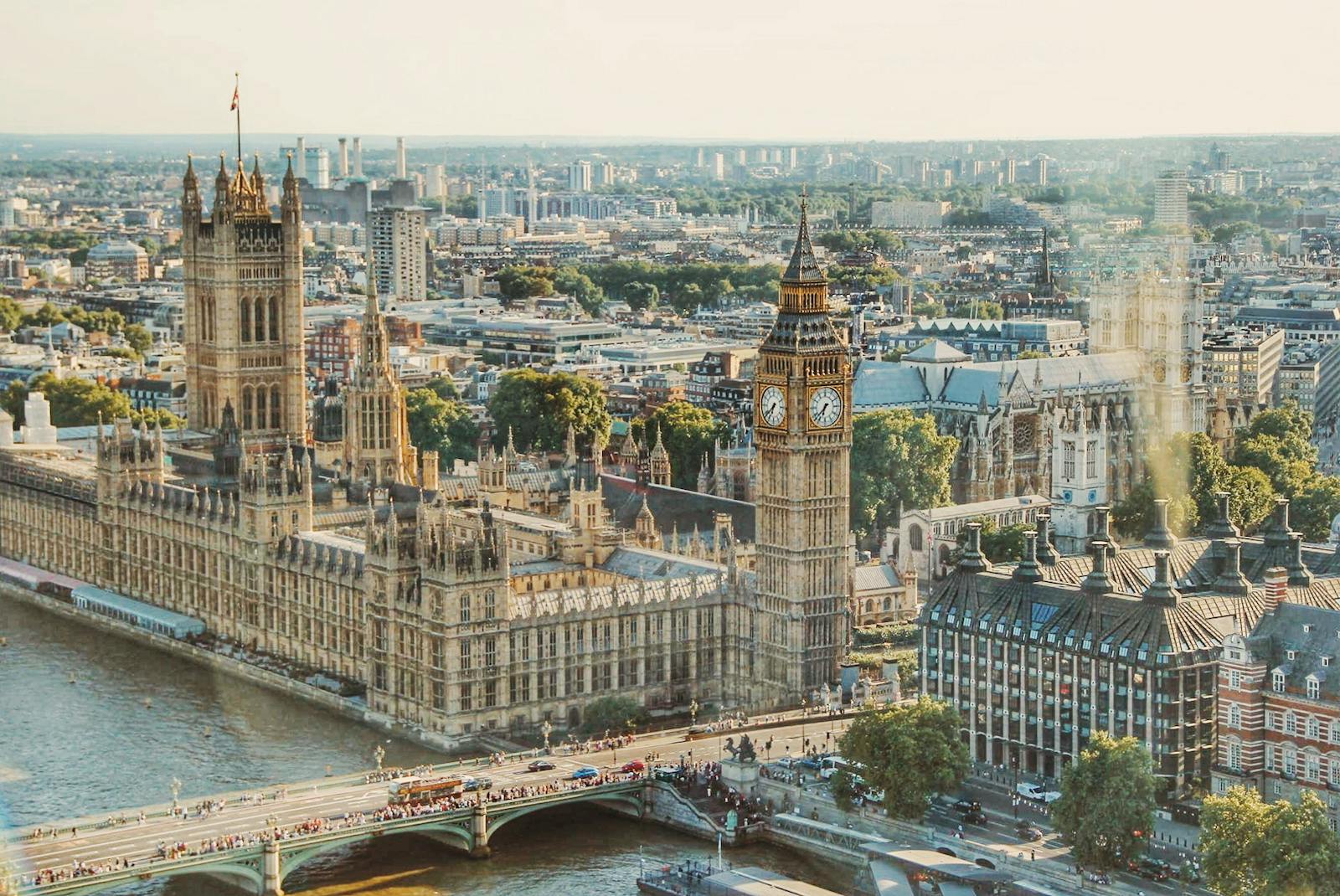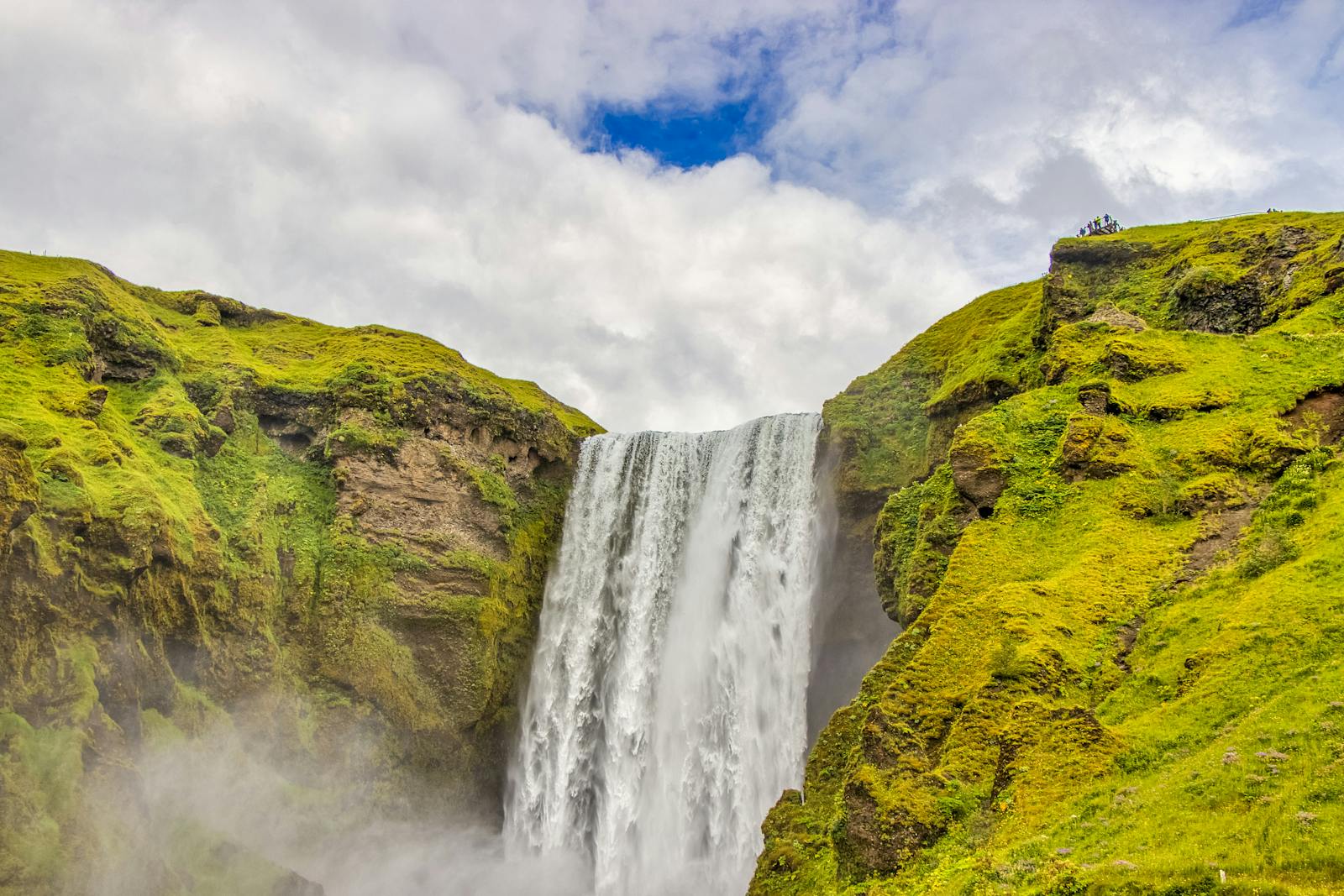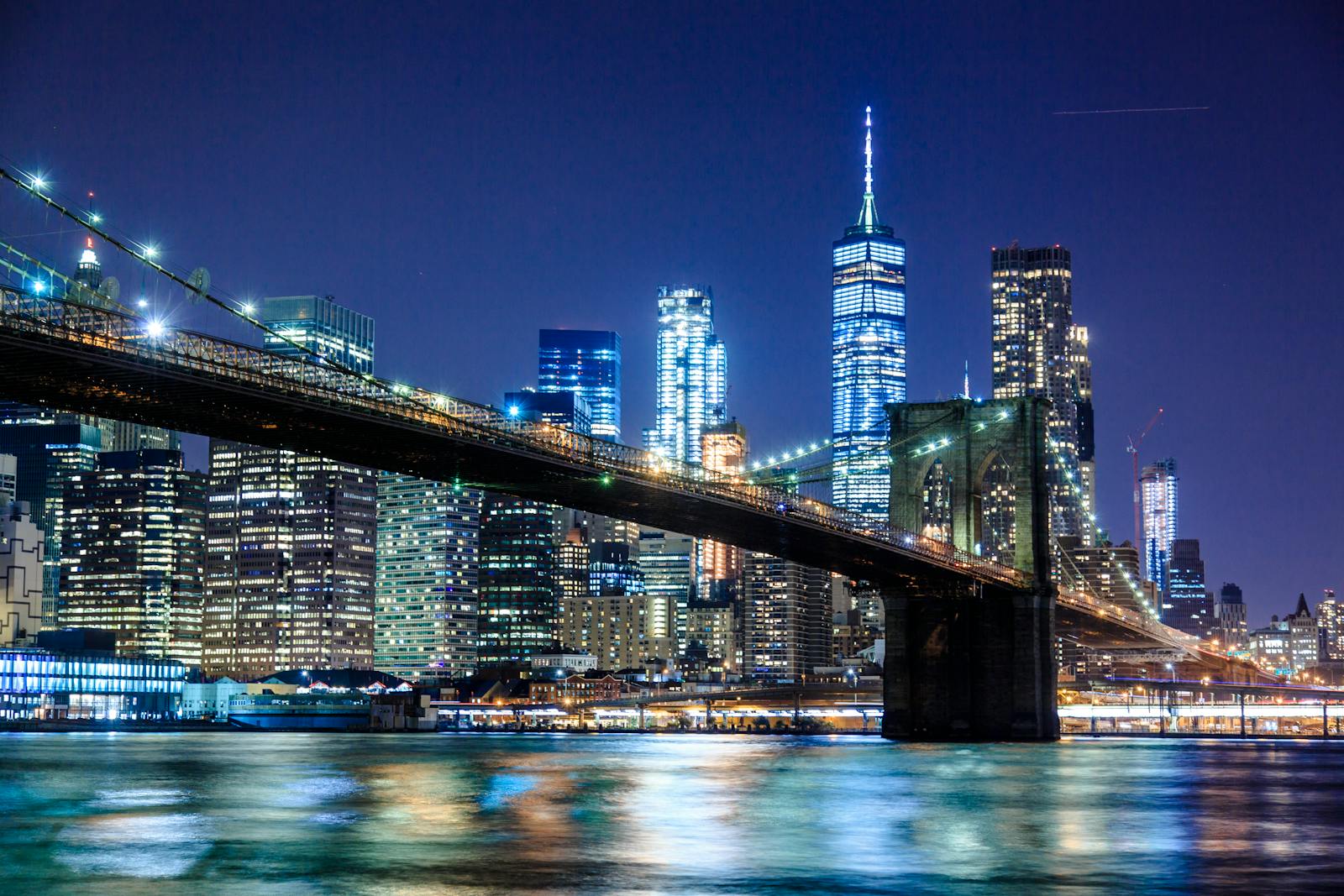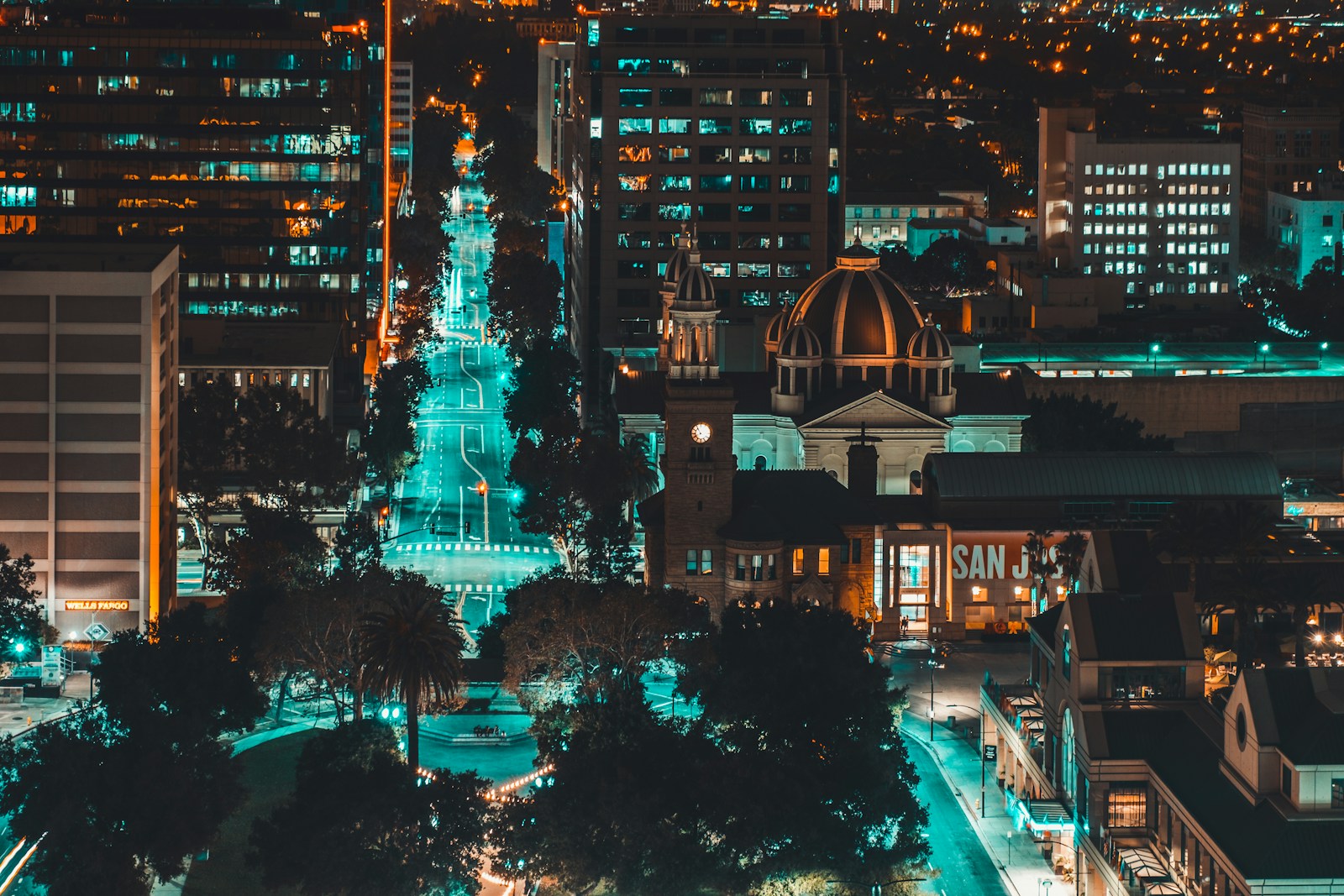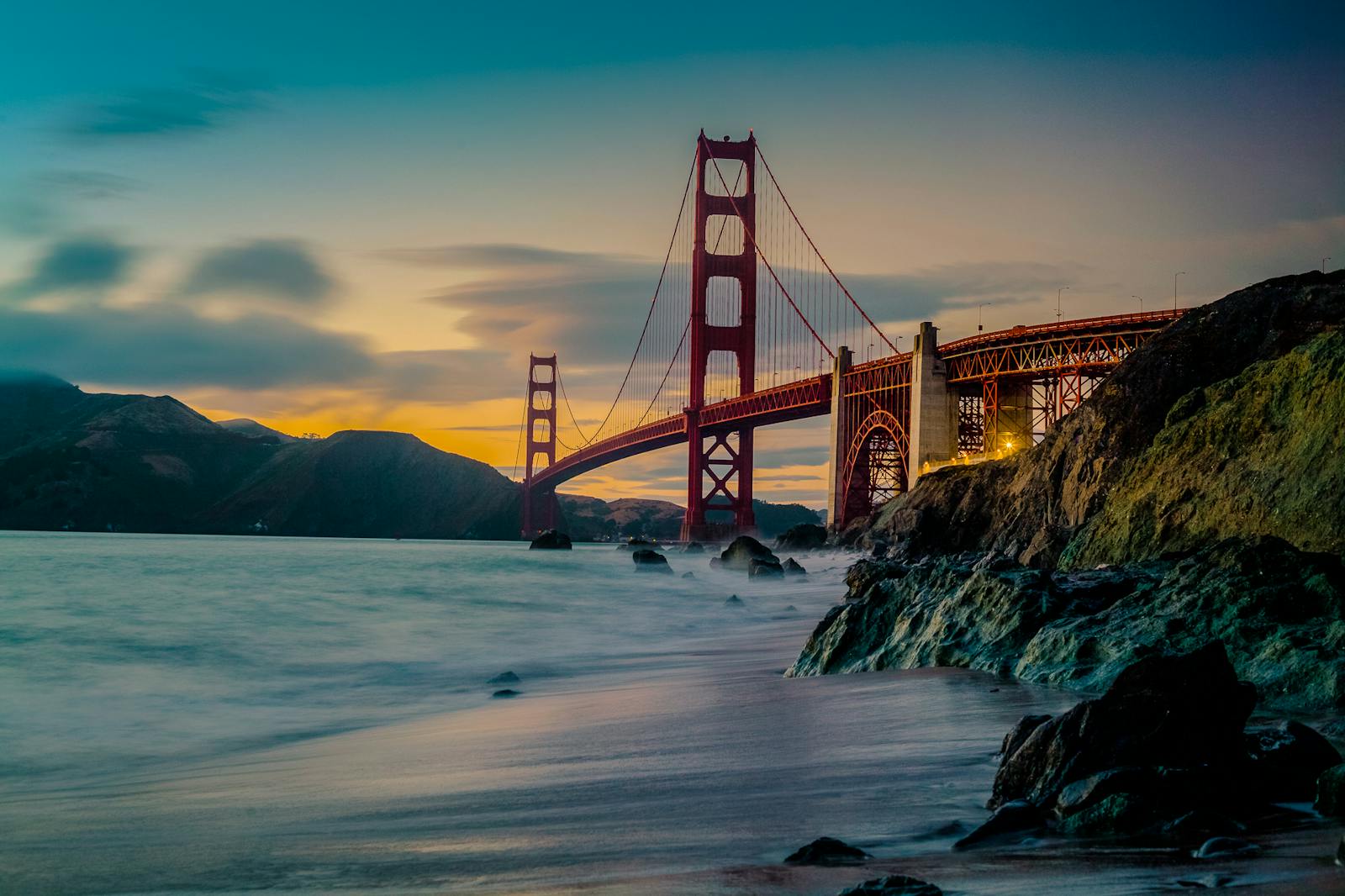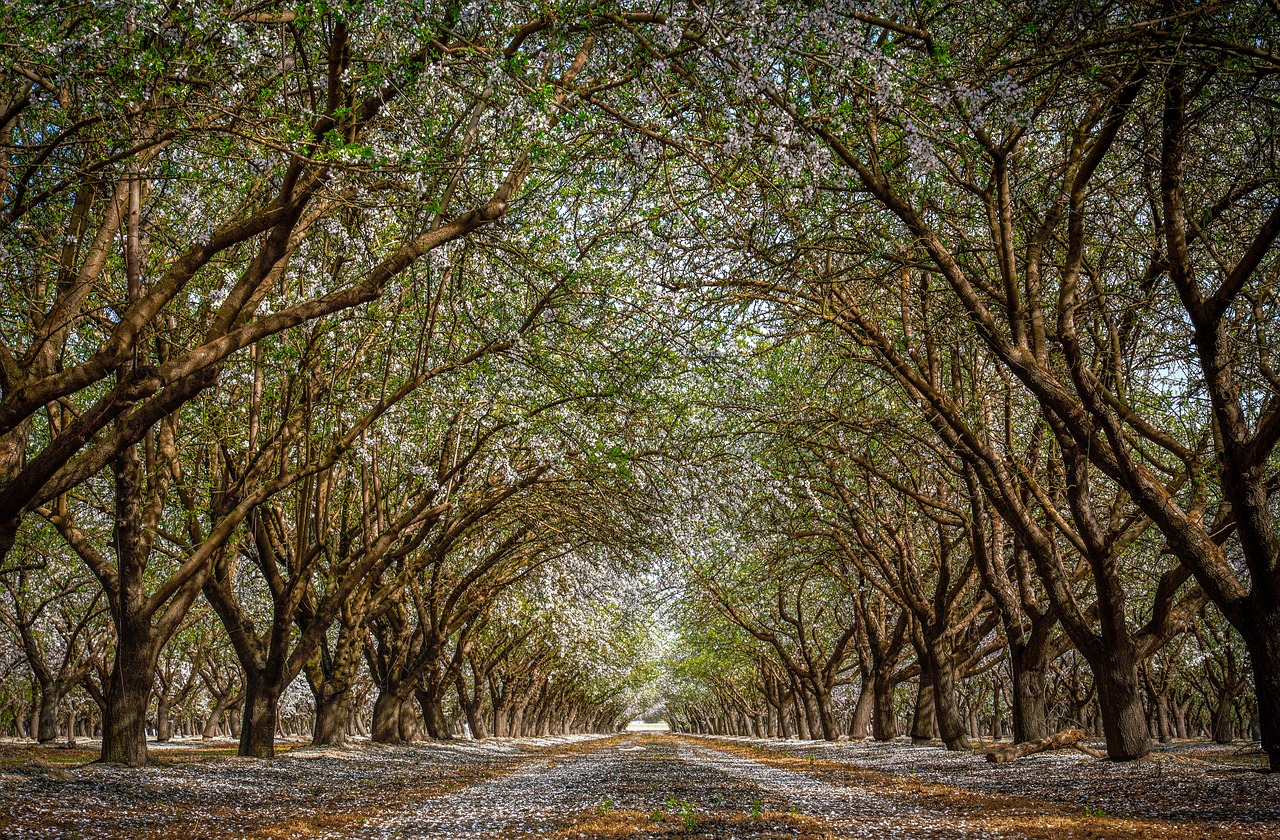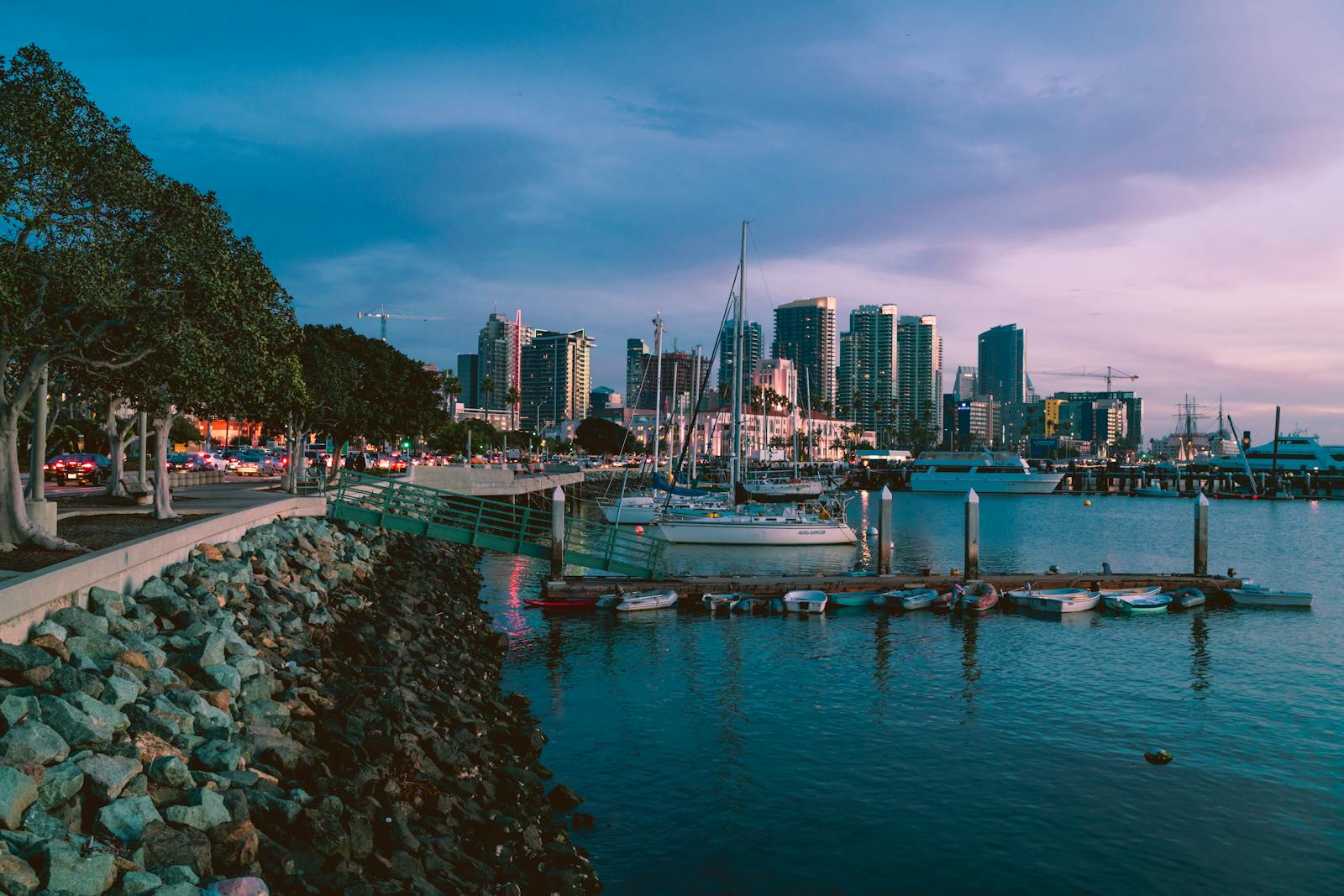New York Tap Water
Discover the quality and safety of Fresno’s tap water, including ratings on taste, pH levels, hardness, contaminants, and sustainability efforts.
New York Tap Water
Discover the quality and safety of Fresno’s tap water, including ratings on taste, pH levels, hardness, contaminants, and sustainability efforts.
New York Tap Water Ratings
💧 Tap Water Quality Score
✅ Safety Standards Met
Yes
👅 Taste Rating
⚖️ pH Level
7.6
🪨 Hardness Level
Soft
⚠️ Common Contaminants
Trace amounts of chlorine, fluoride, nitrates, and lead (in older pipes) – All within EPA-regulated limits.
🧫 Microbial Safety
Safe
🧴 Chlorine Level
0.8 mg/L mg/L
🦷 Fluoride Level
0.7 ppm ppm
🌍 Environmental Sustainability Score
Public Health & Tap Water Safety in New York City
New York City’s tap water is among the safest and highest quality in the U.S., with rigorous public health monitoring, advanced filtration, and continuous testing to ensure clean drinking water. Managed by the NYC Department of Environmental Protection (DEP) and the Department of Health and Mental Hygiene (DOHMH), the city’s water system plays a crucial role in preventing disease, protecting residents from contaminants, and supporting overall public health.
💧 Ensuring Safe Drinking Water
✔ Strict Compliance with Health Standards – NYC’s water exceeds EPA and state safety regulations, undergoing over 600,000 tests annually.
✔ Lead & Pipe Safety Programs – The city offers free lead testing kits and is actively working to replace outdated lead service lines.
✔ Low Contaminant Levels – NYC’s water has minimal pollutants, with chlorine disinfection, UV treatment, and natural filtration ensuring safety.
✔ Public Access to Water Quality Reports – Residents can view detailed annual water reports online for full transparency.
🦠 Wastewater & Sanitation for Public Health
✔ 14 Advanced Wastewater Treatment Plants – Treats 1.3 billion gallons of sewage daily, reducing pollution risks.
✔ COVID-19 & Disease Surveillance in Wastewater – NYC actively monitors wastewater for early detection of public health threats.
✔ Stormwater Overflow Prevention – Ongoing green infrastructure projects are reducing sewer overflows and urban water contamination.
🚰 Public Health & Water Access Initiatives
✔ Public Hydration Stations – Installed in schools, parks, and transit hubs to promote healthy water consumption.
✔ Cooling Centers & Water Safety During Heatwaves – The city provides free access to water and cooling centers during extreme heat events.
✔ Fluoridation for Dental Health – NYC adds fluoride to the water supply to help prevent tooth decay and improve public health outcomes.
⚠️ Environmental & Health Challenges
🌡 Climate Change & Waterborne Risks – Rising temperatures increase the risk of bacterial contamination, algal blooms, and mosquito-borne illnesses.
🚰 Aging Infrastructure Risks – Some older buildings still have lead pipes, requiring ongoing pipe replacement efforts.
🛑 Public Awareness on Home Water Safety – Residents are encouraged to flush taps after long inactivity to reduce stagnant water risks.
🚀 NYC’s Commitment to Water & Public Health
New York City’s water safety, public health initiatives, and climate resilience strategies ensure clean, accessible water for all residents. Through continuous monitoring, community engagement, and infrastructure improvements, NYC remains a global leader in water and public health management.
Infrastructure & Technology in New York City’s Water Management
New York City has one of the most advanced and extensive water infrastructures in the world, ensuring clean drinking water, efficient wastewater treatment, and climate resilience. The city integrates smart technology, real-time monitoring, and large-scale infrastructure projects to maintain a reliable and sustainable water system for over 8 million residents.
🏗️ Water Supply & Distribution Infrastructure
✔ Multi-Reservoir System – NYC’s water is sourced from 19 reservoirs and 3 controlled lakes, delivering 1 billion gallons daily.
✔ Water Tunnel No. 3 – A $6 billion project, ensuring a redundant supply system for long-term reliability.
✔ 6,000+ Miles of Water Mains – The underground pipeline network distributes water efficiently across all five boroughs.
🚰 Wastewater & Stormwater Infrastructure
✔ 14 Wastewater Treatment Plants – Treats 1.3 billion gallons of sewage daily, reducing pollution in local waterways.
✔ Combined Sewer Overflow (CSO) Management – Green infrastructure and stormwater retention systems prevent sewer overflows during heavy rains.
✔ Green Stormwater Infrastructure – Includes bioswales, green roofs, and permeable pavement to absorb runoff and improve urban drainage.
🔬 Smart Technology & Innovation
✔ Automated Leak Detection – AI-powered sensors identify and repair leaks before they cause major disruptions.
✔ Real-Time Water Quality Monitoring – Over 600,000 annual tests ensure continuous quality control.
✔ SCADA System (Supervisory Control & Data Acquisition) – A centralized system manages water flow, pressure, and treatment facilities in real time.
✔ Digital Mapping & GIS Technology – Helps track underground pipelines, detect inefficiencies, and plan infrastructure upgrades.
🌍 Climate-Resilient Water Infrastructure
✔ Flood Protection & Coastal Resilience – Investments in storm surge barriers, wetland restoration, and levee systems help protect water facilities from rising sea levels.
✔ Solar-Powered Water Treatment – NYC is transitioning wastewater treatment plants to solar and wind energy, reducing emissions.
✔ Groundwater Protection & Drought Resilience – Conservation measures and alternative water supply research ensure long-term water security.
🚀 The Future of NYC’s Water Infrastructure
New York City is continuously investing in cutting-edge infrastructure and technology to ensure a resilient, efficient, and sustainable water system. Through smart monitoring, renewable energy integration, and green infrastructure, NYC remains a global leader in urban water innovation.
Water Management System in New York City
New York City operates one of the most advanced urban water management systems in the world, ensuring clean drinking water, efficient wastewater treatment, and flood control. Managed by the NYC Department of Environmental Protection (DEP), the system integrates reservoirs, tunnels, treatment plants, and green infrastructure to serve over 8 million residents daily while maintaining long-term sustainability.
💧 Water Supply & Distribution
✔ Primary Water Sources – NYC’s water comes from three protected watershed systems:
- Catskill/Delaware System (90%) – Provides naturally filtered, high-quality water from upstate reservoirs.
- Croton System (10%) – Supplements the supply during high demand.
✔ 1 Billion Gallons Per Day – Delivered through a 6,000-mile network of pipes, tunnels, and aqueducts.
✔ Water Tunnel No. 3 – A $6 billion infrastructure project, increasing system redundancy and reliability.
🚰 Wastewater & Drainage Systems
✔ 14 Wastewater Treatment Plants – Process 1.3 billion gallons of wastewater daily, reducing pollution in surrounding waterways.
✔ Combined Sewer System (CSO) – Manages stormwater and sewage, with green infrastructure projects mitigating overflows.
✔ Advanced Filtration & Disinfection – Uses ultraviolet (UV) treatment, chlorine disinfection, and automated monitoring for safety.
🌿 Sustainability & Conservation Initiatives
✔ NYC Water Demand Management Plan – Aims to reduce per capita water consumption through efficiency programs.
✔ Green Stormwater Infrastructure – Includes bioswales, rain gardens, and permeable surfaces to reduce runoff and improve drainage.
✔ Water Recycling & Reuse – Expansion of wastewater reclamation for industrial and irrigation use.
🔬 Advanced Technology & Monitoring
✔ Automated Water Quality Testing – Conducts 600,000+ tests annually for real-time safety assurance.
✔ Smart Leak Detection – Uses IoT sensors and AI-driven analytics to detect leaks and prevent water loss.
✔ Supervisory Control & Data Acquisition (SCADA) – A centralized system manages water pressure, flow, and treatment efficiency.
🚨 Emergency Preparedness & Climate Adaptation
✔ Drought Contingency Planning – NYC maintains reservoir reserves and alternative supply strategies.
✔ Flood Resilience Projects – Investment in sea walls, levees, and wetland restoration to protect water facilities.
✔ Seismic & Storm Surge Protection – Strengthening critical infrastructure to withstand earthquakes and extreme weather.
🚀 Future of NYC’s Water Management
New York City’s holistic approach to water management integrates innovation, sustainability, and resilience. By investing in infrastructure, conservation, and smart technology, NYC continues to be a global leader in efficient water management.
Water Resource Availability in New York City
New York City has a highly secure and well-managed water resource system, supplying 1 billion gallons of drinking water daily to over 8 million residents. The city’s water supply is sourced from protected upstate watersheds, ensuring consistent availability, minimal contamination risks, and long-term sustainability. However, climate change, population growth, and infrastructure maintenance require ongoing adaptation to maintain this critical resource.
💧 Primary Water Sources
✔ Catskill/Delaware Watershed (90%) – Provides the majority of NYC’s drinking water, sourced from naturally filtered mountain reservoirs.
✔ Croton Watershed (10%) – A supplementary source, primarily used during high-demand periods or maintenance of other systems.
✔ Reservoir System – NYC manages 19 reservoirs and 3 controlled lakes, with a total storage capacity of 580 billion gallons.
✔ Groundwater as an Emergency Source – The Jamaica Wells in Queens can be activated as a backup water supply if needed.
🚰 Water Storage & Distribution Capacity
✔ 6,000+ Miles of Water Mains – A massive underground pipeline system efficiently distributes water across all five boroughs.
✔ New York City Water Tunnels – Water Tunnel No. 3, a $6 billion project, ensures redundant supply routes for added resilience.
✔ Reservoir Storage Management – Water levels are strategically maintained and adjusted seasonally to ensure consistent supply.
🌍 Challenges to Water Resource Availability
🚰 Climate Change & Drought Risks – Changes in precipitation and reduced snowmelt from the Catskills may impact future supply.
🌡 Population Growth & Demand – Increasing demand requires improved conservation efforts and infrastructure upgrades.
💧 Stormwater Runoff & Contamination Risks – Urbanization increases the risk of stormwater pollution affecting reservoirs.
🔁 Water Conservation & Sustainability Initiatives
✔ NYC Water Demand Management Plan – Successfully reduced per capita water usage by 30% since the 1990s.
✔ Rainwater Harvesting & Green Infrastructure – Encourages stormwater capture, rain gardens, and permeable pavements to reduce dependence on reservoir supply.
✔ Reclaimed & Recycled Water Use – NYC is expanding wastewater reuse for industrial and non-potable applications.
🚀 Securing NYC’s Water Future
New York City’s multi-source water strategy, conservation programs, and advanced infrastructure investments ensure long-term water security. By continuing to implement smart water management, alternative supply strategies, and efficiency programs, NYC remains one of the most water-secure urban centers in the world.
Environmental Impact of Water Management in New York City
New York City’s water management system significantly impacts the environment, balancing urban water needs with conservation, pollution control, and climate resilience. While the city has made major strides in green infrastructure, wetland restoration, and pollution reduction, challenges like stormwater runoff, wastewater discharge, and climate-related risks continue to affect local ecosystems.
🌿 Positive Environmental Contributions
✔ Protected Watersheds & Minimal Treatment – NYC’s Catskill/Delaware and Croton watersheds are strictly protected, reducing the need for chemical water treatment and preserving natural ecosystems.
✔ Green Infrastructure Investments – NYC promotes bioswales, rain gardens, and permeable pavement to manage stormwater and reduce urban flooding.
✔ Wetland Restoration & River Cleanup – Projects like the Jamaica Bay Restoration Initiative and the Bronx River Cleanup help improve biodiversity and water quality.
✔ Water Recycling & Conservation Efforts – NYC is expanding wastewater reuse and efficiency programs to reduce strain on natural water sources.
✔ Sustainable Wastewater Treatment – NYC operates 14 wastewater treatment plants, integrating renewable energy and advanced filtration to minimize pollution.
⚠️ Environmental Challenges & Risks
🚰 Stormwater Runoff & Pollution
- Heavy rainfall can overwhelm NYC’s combined sewer system, causing sewage overflows into the Hudson and East Rivers.
- Industrial and chemical runoff from streets and buildings impacts water quality.
🌡 Climate Change & Rising Sea Levels
- Increased flooding, saltwater intrusion, and storm surges threaten coastal communities and water infrastructure.
- Warmer temperatures accelerate algae blooms, affecting aquatic ecosystems and drinking water sources.
💧 Groundwater Overuse & Contamination Risks
- NYC’s backup groundwater supply in Queens is vulnerable to contamination from industrial waste and urban runoff.
- Aging infrastructure and lead pipes in older buildings require continuous monitoring and upgrades.
🐟 Impact on Aquatic Ecosystems
- Pollution, boat traffic, and urban development disrupt fish populations and marine habitats in NYC waterways.
- Restoration projects have helped biodiversity recover, but toxic sediment and microplastics remain concerns.
🔁 Sustainable Solutions & Environmental Initiatives
✔ Stormwater Capture & Pollution Prevention – NYC is investing in green roofs, rainwater harvesting, and stormwater diversion projects.
✔ Wetland & Riparian Zone Protection – Expanding coastal buffers, replanting marshlands, and restoring oyster reefs to improve water filtration.
✔ Renewable Energy in Water Treatment – Transitioning to solar-powered wastewater treatment plants and energy-efficient pumping systems.
✔ Public Awareness & Pollution Reduction Campaigns – Encouraging waste reduction, storm drain protection, and responsible water use.
🚀 Leading the Future of Sustainable Water Management
New York City is committed to balancing urban water demand with environmental protection, integrating green technology, conservation efforts, and climate adaptation strategies. By continuously improving sustainability initiatives, NYC is working toward cleaner, healthier waterways and a more resilient future.
Water Management In New York
Get notified on new water management news, updates & advancements in New York.
Shop Books, eBooks, Audiobooks
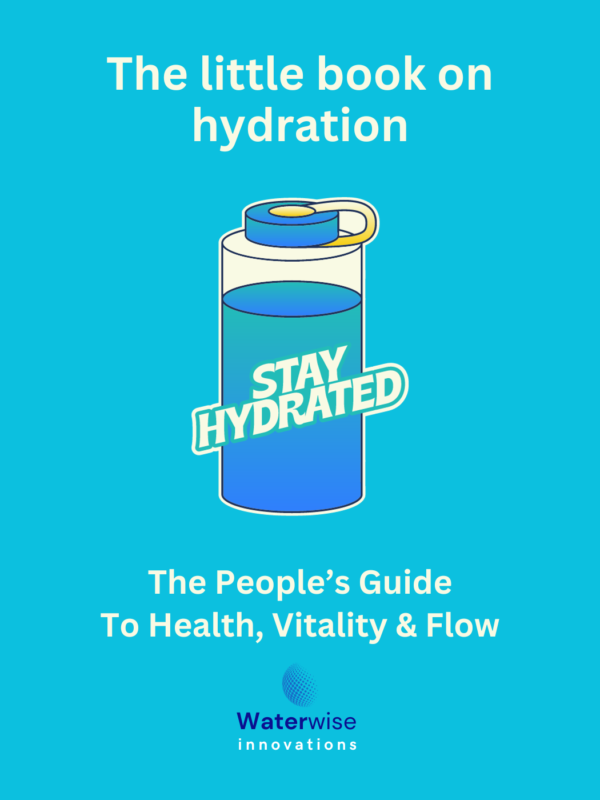
The Little Book on Hydration: The People’s Guide To Health, Vitality & Flow (Audiobook)
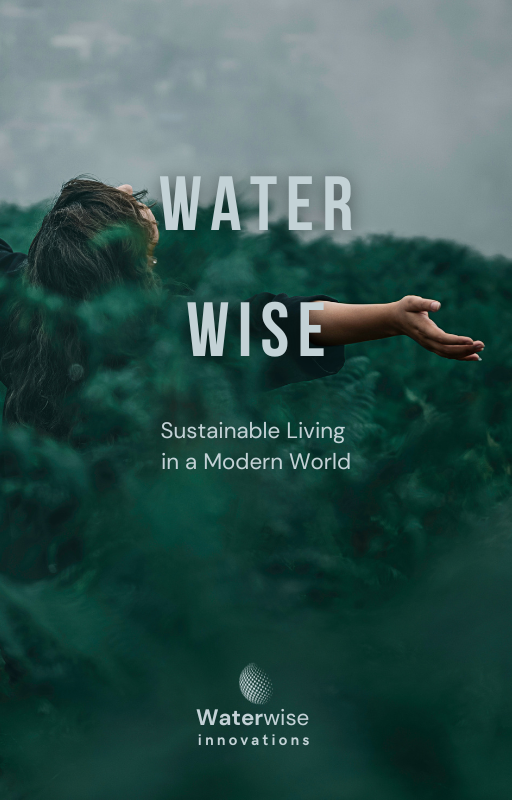
Water Wise: Sustainable Living in a Modern World
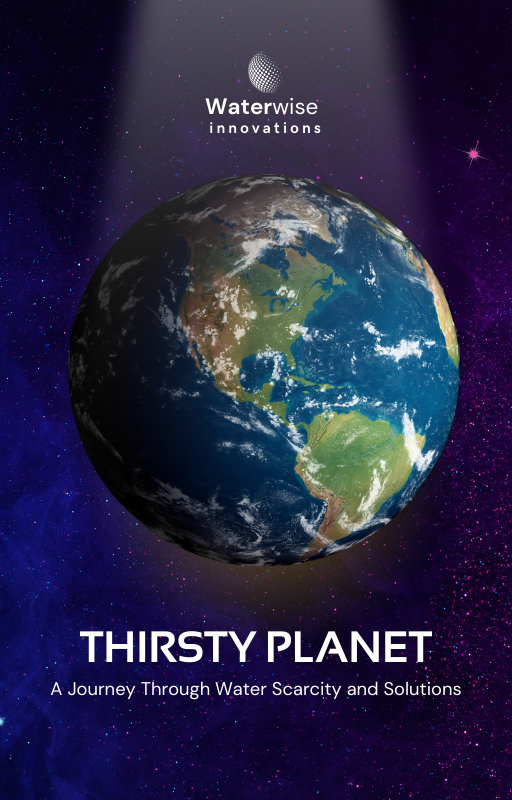
Thirsty Planet: A Journey Through Water Scarcity and Solutions
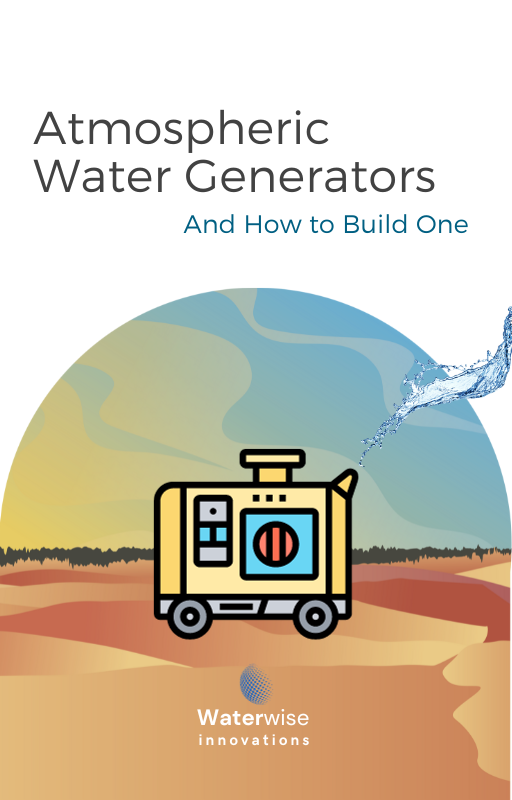
Atmospheric Water Generators: And How to Build One
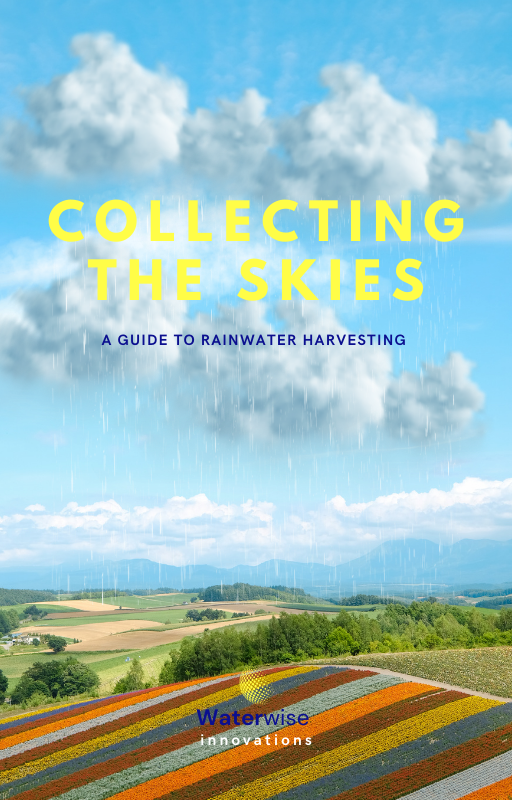
Collecting the Skies: A Guide to Rainwater Harvesting
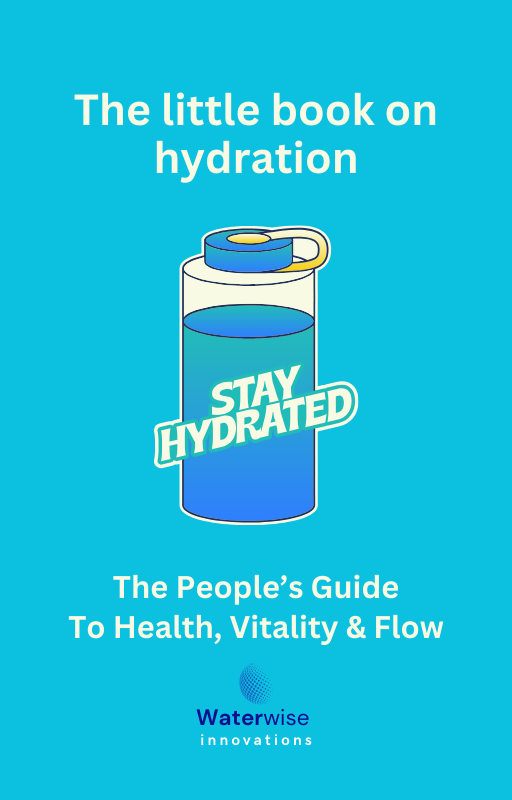
The Little Book on Hydration: The People’s Guide To Health, Vitality & Flow
Reviews of New York Tap Water
There are no reviews yet. Be the first one to write one.
There are no reviews yet. Be the first one to write one.

